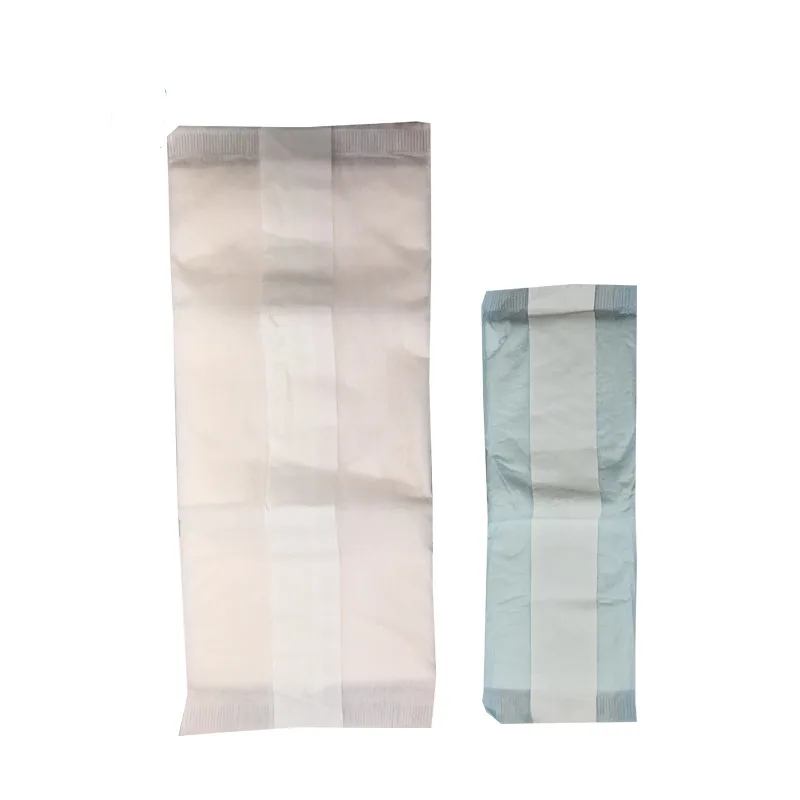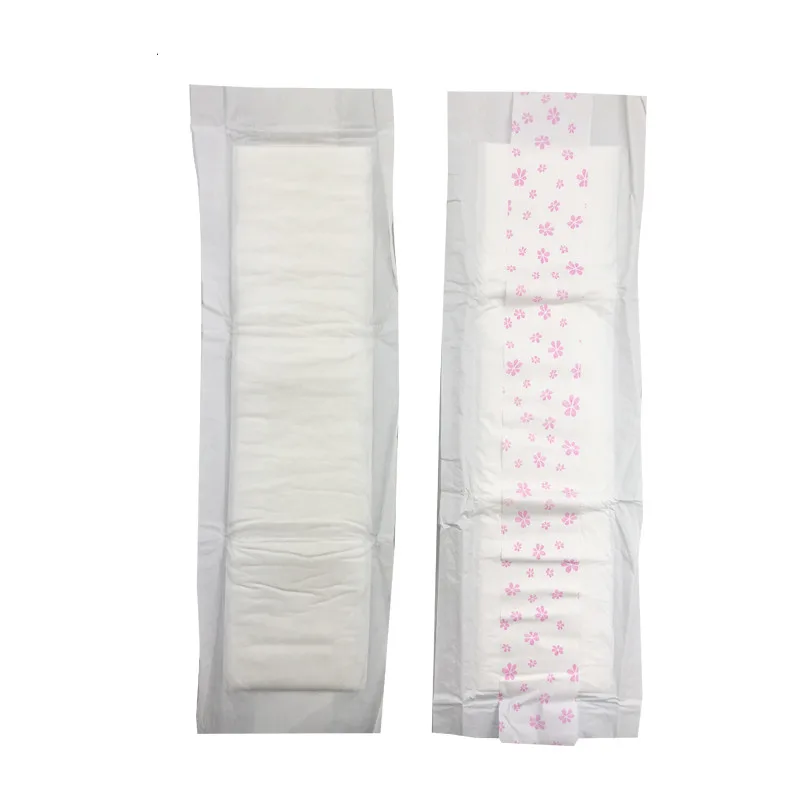Maternal sanitary napkins are generally divided into three types: large, medium and small. As a reminder, the model has nothing to do with the shape of the mother, but three different periods of dealing with lochia. Let’s take a brief look at the changes in postpartum lochia and how to deal with them.
Under normal circumstances, after a woman gives birth, the birth canal will flow out bloody secretions like menstruation. This kind of bleeding from the placental implantation site, mixed with decidua, tissue fragments and mucus remaining in the uterus, is called Lochia. Maternal sanitary napkins are used to absorb lochia, so what is the difference between maternal sanitary napkins and ordinary sanitary napkins?
Ordinary sanitary napkins have poor water absorption, are prone to side leakage and backflow, and cannot cope with a large amount of lochia. Maternity sanitary napkins generally have wider pads, which can absorb more lochia or secretions. In addition, ordinary sanitary napkins have poor air permeability and lack of bactericidal effect, while maternal sanitary napkins are relatively soft and have good air permeability. Maternal sanitary napkins have a bactericidal effect to avoid infection, which is very important.
Lochia usually disappears 4 to 6 weeks after delivery. Lochia can change in color and amount over time.
(1) 2-3 days postpartum
It contains a lot of blood (red lochia) is the period with the largest amount of lochia.
How to use: L-size sanitary napkins are used in conjunction with puerperal sanitary pants. It can deal with a large amount of bloody lochia 2-3 days after delivery.
Note: When nursing for the first time after childbirth, L-size sanitary napkins and M-size sanitary napkins should be used maternal sanitary napkins together. When it needs to be replaced, generally only need to replace the maternal sanitary napkins


